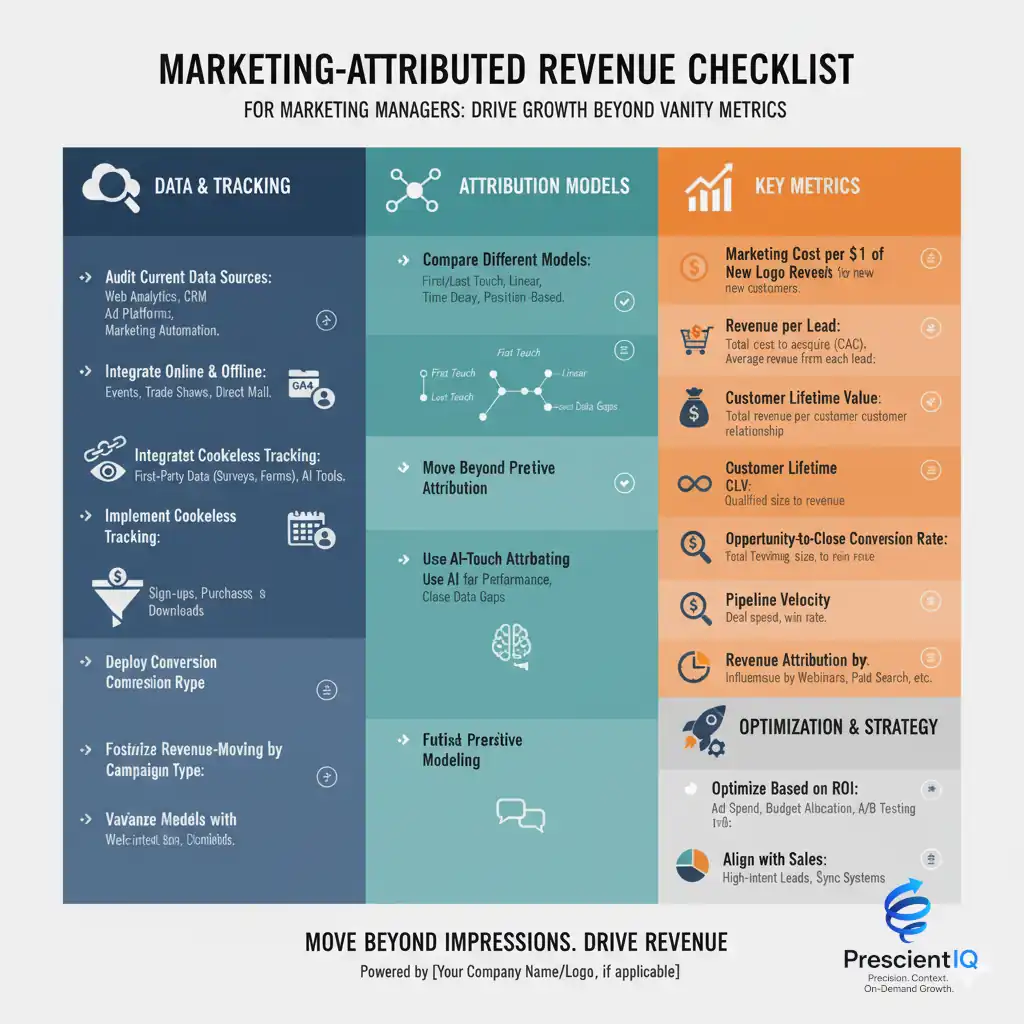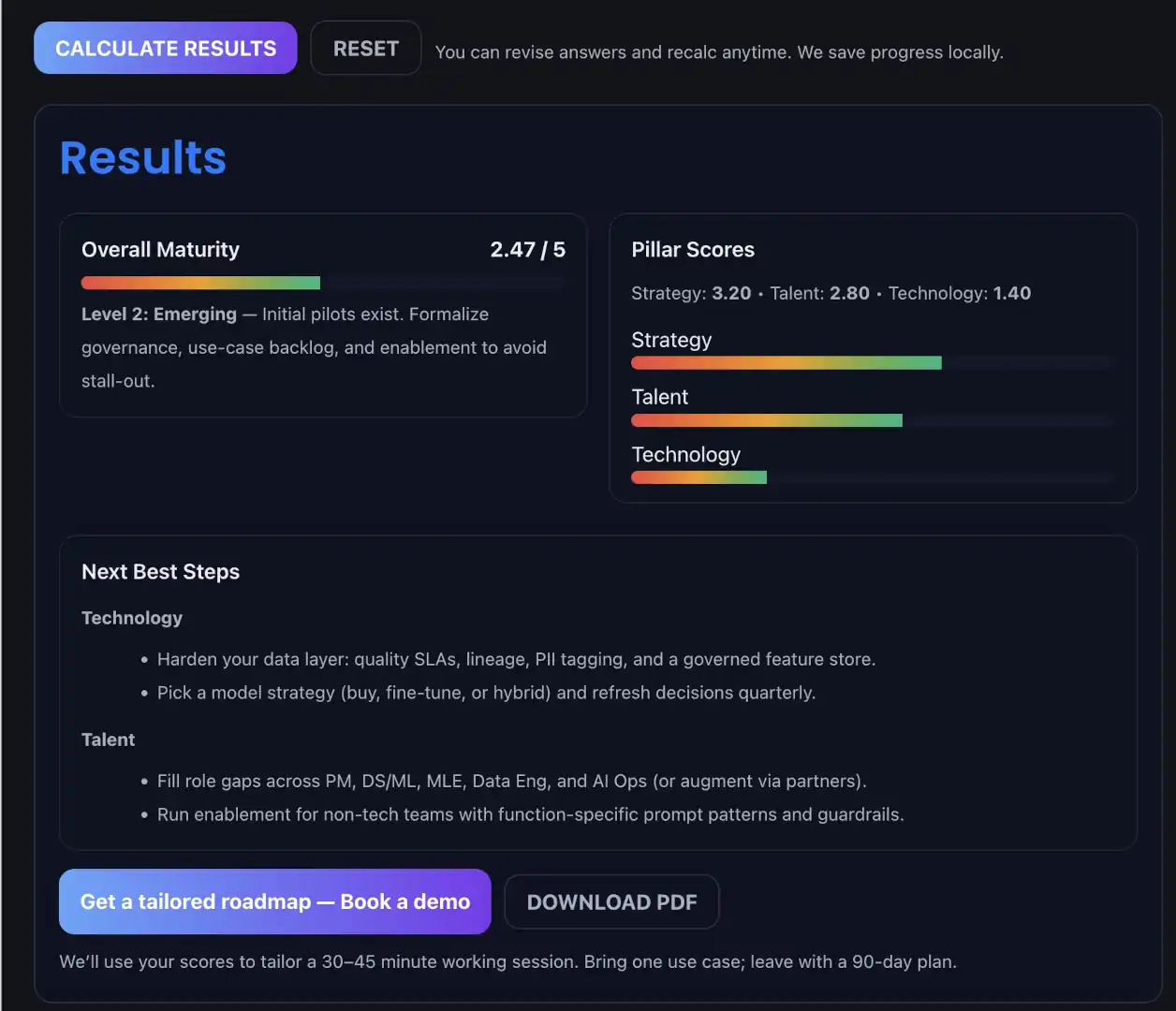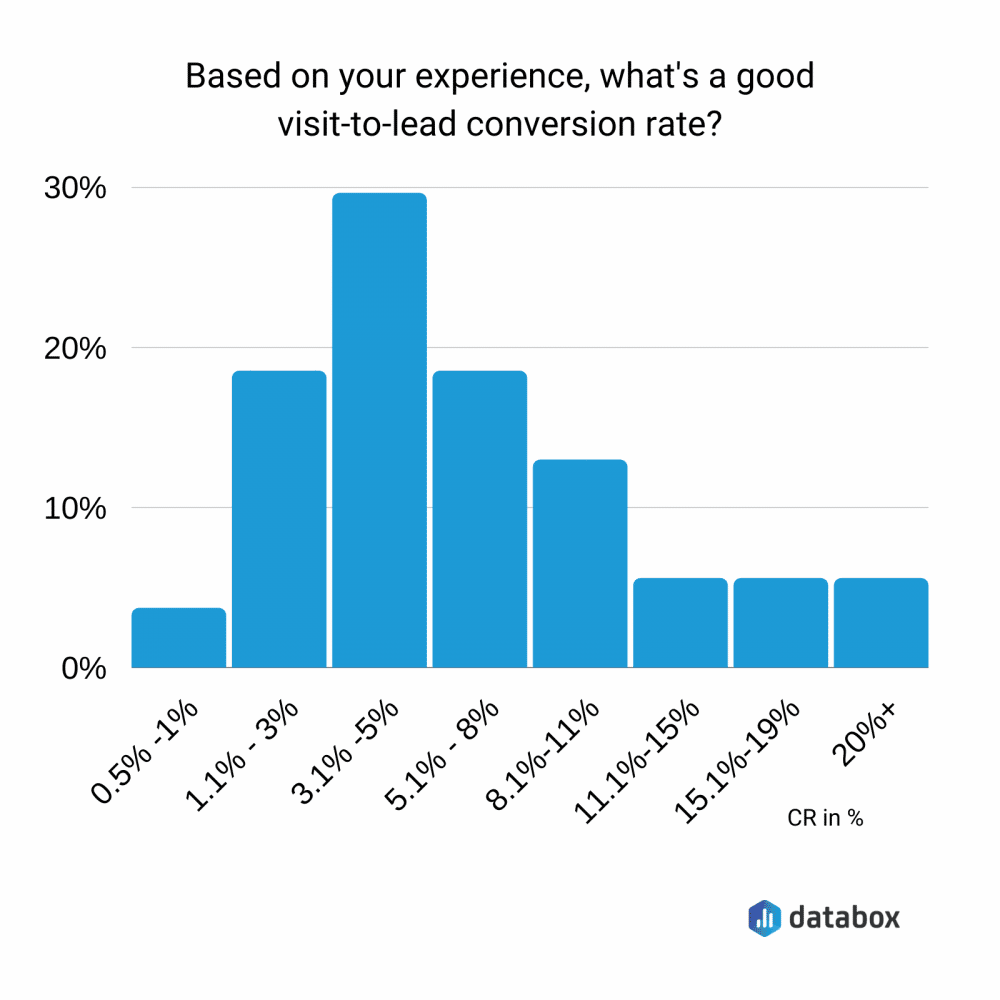Conversion Rate Calculator: Boost Pipeline Conversions for More Sales
Learn how to use a conversion rate calculator to boost pipeline conversions for more sales.
The complete metric is the average revenue per visitor. Still, the simplest and most used one is the good ol’ conversion rate, which contributed to the rise of the fabulous field of conversion rate optimization, a.k.a. CRO (conversion rate optimization, not chief revenue officer).
The conversion rate is divided by the number of unique visitors. It’s an easy metric to track and run stats on. It’s more appropriate for sites with low traffic volumes, as the variance of data points is usually lower than revenue. Therefore, conversion rate tests are usually completed sooner!
Calculating a website’s conversion rate can be done at multiple levels. You can calculate the conversion rate of your entire online property, spanning all your pages. PPC Digital Benchmarks by Industry
You can also zero in on a particular page or blog and assess its conversion potential.

How to calculate the conversion rate of your entire website
- To calculate the conversion rate of your entire website, set up a segment on Google Analytics that bypasses traffic from subdomains and focuses only on your main domain. Then, set up a conversion goal – destination or custom event – for the most important action on your site. This can be a form submission, a paid transaction, or a blog view. Once these two aspects are in place, you can divide the total goals triggered over some time by the total traffic to your domain.
- To calculate the conversion rate of an individual page, you can leverage the analytics of a platform like LanderApp or Unbounce. They can directly display the desired number of actions (pre-defined) divided by the total traffic over a given period. However, using a WordPress website, you can dig into Google Analytics.
Instead of simply taking the total number of events fired over time, consider the events fired for a particular page.
When setting up the tag, you can train your Google Tag Manager to send this data to your analytics account.
Boost Pipeline Conversions for More Sales

As a marketer, you know the importance of generating quality leads that sales can convert into customers.
The first step is to get more people interested in your product or service. One way to do that is to use a conversion calculator.
This tool will help you determine how many leads you need to generate to boost conversions and close more sales. Keep reading to learn more about how a conversion rate tool can help your business succeed.
Define what a conversion rate is and its purpose.
A conversion rate is a metric used to measure the success of a website, campaign, or advertisement. It denotes the percentage of people who act based on your website’s traffic.
The purpose of determining a conversion rate is to assess how effective certain strategies are at generating leads, driving sales, and fostering overall engagement with your product or service.
Calculating this rate is straightforward: Divide the conversions achieved by the total number of views or visits. This information can be leveraged to revise strategies and optimize their implementations for improved outcomes.
Here are some websites with poor design in Vermont, some of which were produced by Vermont website design agencies.
Give the formula for calculating conversion rates.
Conversion rate is a key metric for any business, regardless of size. It tells us how many customers take a desired action on our website, app, or during a store visit. In other words, it shows how many of our leads became paying customers. To calculate this metric, we can use the simple formula x 100.
This calculation helps us understand the effectiveness of our campaigns in customer acquisition and provides useful insights into customer behavior and preferences. Knowing your conversion rate can improve customer experience and overall business performance.
List factors that affect conversion rates

Conversion rates profoundly impact businesses, both online and offline. They depend on several key factors, such as website design, customer experience, special offers and discounts, payment options, product selection, and marketing tactics. Understanding the effectiveness of your current strategies and their areas for improvement is critical to increasing conversions.
A/B testing is great for determining what works best for your target customers to optimize your website for the highest possible conversion rate.
Also, get customer feedback on why they chose to purchase or not purchase from you; this will give you greater insight into their mindset around conversions.
Businesses can actively seek higher numbers across the board by taking a more holistic approach to understanding the factors that affect conversion rates.
Offer tips on how to improve conversions.
Creating a successful conversion strategy takes time and practice, but there are several steps to give you a head start.
Firstly, ensure your marketing campaigns have clear calls to action. These messages should be written in a persuasive tone that motivates people to take advantage of the offer or product being showcased.
Secondly, set up A/B testing to learn more about how people respond to different versions of ads, emails, and website pages. Analyzing this data lets you update your plans to optimize the user experience and maximize conversions.
Finally, online businesses must experiment with other strategies, such as retargeting customers who don’t convert initially and offering discounts or promotions. When used appropriately, these types of tactics can significantly increase conversion rates.
Introduce the Conversion Rate tool.
The Conversion Rate tool is an invaluable asset to any business wanting to assess the success of its efforts. This powerful tool can measure the effectiveness of your website and campaigns by helping you understand more about your customers’ journeys and the quality of their experiences.
Its comprehensive analysis can give you greater insight into customer behavior, aid decision-making, and guide strategic decisions to maximize conversions. Take advantage of this essential tool for complex data visualization and take control of your success!
Describe how the tool works and how it can benefit users.
An innovative tool designed to make projects easier to manage quickly, gaining traction among users. It consolidates planning, tasks, and communication into one streamlined solution that makes managing even the most complex projects a breeze.
Its intuitive user interface enables project teams to coordinate and collaborate more effectively, so each team member knows precisely what needs to be done, when it needs to be done, and how long it should take.
Because it’s secure and reliable, users can rest assured that their information won’t go astray. This tool simplifies project management so users spend less time fighting for control and more time completing projects on schedule, enabling them to deliver more value to their customers.
Now that you know what a conversion rate is, how to calculate it, and the various factors that affect it, you are in a good position to improve your website’s conversion rates. Remember, even a small increase in conversion rates can greatly impact your sales numbers.
We’ve created the Conversion Rate Tool to help you boost conversions and sales. This tool considers all factors that affect conversion rates and provides customized recommendations to improve your website based on your unique situation.
So, if you’re ready to improve your website’s conversions, grab the tool today. It’s a free conversion rate calculator, and we have a website conversion rate calculator.
General FAQs
What is the Conversion Rate Calculator tool?
The Conversion Rate tool is an intuitive, powerful tool designed to help businesses measure the effectiveness of their websites and campaigns. This tool comprehensively analyzes customer journeys, enabling businesses to understand user behavior and make more informed decisions for maximum conversions. It consolidates planning, tasks, and communication into a single streamlined solution so that each team member knows what needs to be done, when it needs to be done, and how long it should take.
What are the benefits of using this tool?
Businesses can better understand customer behavior and make more informed decisions by using the Conversion Rate Calculator tool to maximize conversions. This tool can help businesses identify weak points in their websites that may be causing customers to drop off and provide customized recommendations for improvement.
How easy is the Conversion Rate Calculator tool to use?
The Conversion Calculator tool is extremely user-friendly and intuitive. Its simple user interface makes it easy to navigate and understand, making it great for users of any experience level. Helpful guide videos explain how to use each feature so users can quickly get up and running with the tool. Try the Conversion Rate Calculator today!
What results can I expect from using the Conversion Rate Calculator tool?
With this powerful and intuitive tool, you can expect to experience improved website performance and increased conversions. This tool provides a comprehensive analysis of customer journeys, enabling businesses to identify weak points on their websites that may be causing customers to drop off and to receive customized recommendations for improvement.

